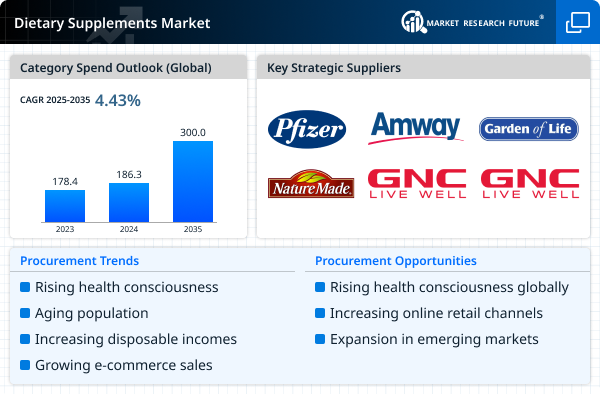Market Trends
Key Emerging Trends in the Oil Filter Market
In the dynamic landscape of the Oil Filter Market, companies employ various market share positioning strategies to establish a competitive edge and thrive in the industry. One prominent approach is product differentiation, wherein companies focus on offering unique and innovative oil filter solutions. This strategy aims to create a distinct identity for a brand by providing features such as advanced filtration technology, extended durability, and compatibility with a wide range of vehicles. By highlighting these differentiators, companies strive to attract a segment of consumers who prioritize quality and performance in their oil filters.
Another key strategy involves pricing, wherein companies strategically set their prices to capture specific market segments. Some may adopt a premium pricing strategy, positioning their oil filters as high-quality, premium products targeting consumers who are willing to pay a premium for superior performance and reliability. On the contrary, others may adopt a cost leadership strategy, aiming to capture a larger market share by offering affordable yet reliable oil filters. This approach is particularly effective in appealing to price-sensitive consumers who prioritize budget-friendly options without compromising on essential performance aspects.
Market segmentation is an essential component of successful market share positioning in the oil filter industry. Companies analyze the diverse needs and preferences of consumers and tailor their products accordingly. For instance, some companies may focus on producing specialized oil filters for heavy-duty vehicles, catering to the needs of trucking and industrial sectors. Meanwhile, others may concentrate on developing filters specifically designed for high-performance sports cars, meeting the demands of automotive enthusiasts. Through effective segmentation, companies can align their products with the specific requirements of distinct consumer groups, enhancing their market presence.
Strategic partnerships and collaborations are increasingly becoming integral to market share positioning in the Oil Filter Market. Companies may form alliances with automotive manufacturers or dealerships to ensure their products are recommended or offered as part of vehicle servicing packages. Such collaborations not only enhance brand visibility but also contribute to building a reputation for reliability and compatibility within the automotive industry. Additionally, partnerships with online retailers and e-commerce platforms can broaden the reach of oil filter products, tapping into a wider consumer base and diversifying sales channels.
Continuous innovation is a key driver in market share positioning, as companies strive to stay ahead of the curve in terms of technological advancements. This involves investing in research and development to introduce cutting-edge filtration technologies that improve efficiency, durability, and environmental sustainability. By regularly updating their product offerings, companies can attract consumers who value staying abreast of the latest advancements in automotive technology, thus securing a competitive position in the market.
In conclusion, the Oil Filter Market is characterized by a myriad of market share positioning strategies, each tailored to meet the diverse needs and preferences of consumers. From product differentiation and pricing strategies to market segmentation, strategic partnerships, and continuous innovation, companies employ a multifaceted approach to carve out their space in this competitive industry. As technology continues to evolve and consumer expectations shift, adaptability and a keen understanding of market dynamics remain crucial for sustained success in the Oil Filter Market.





Leave a Comment